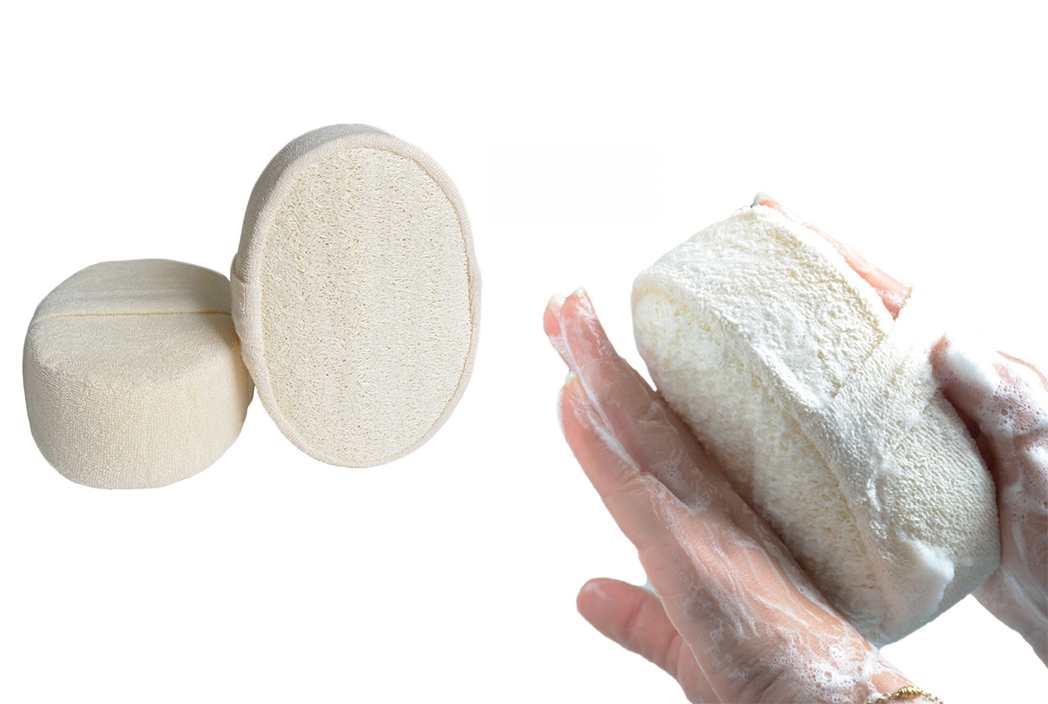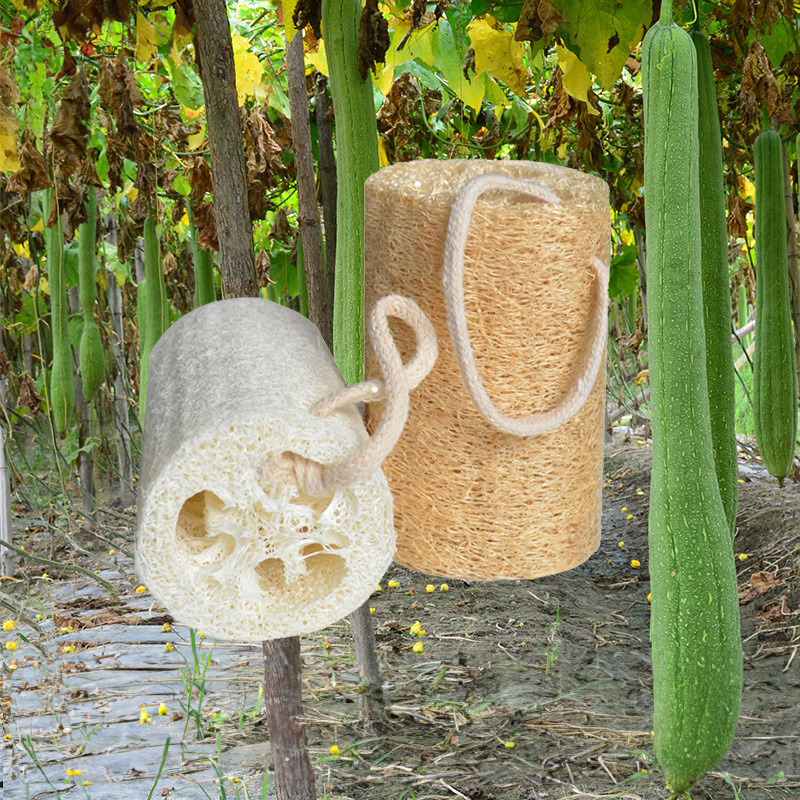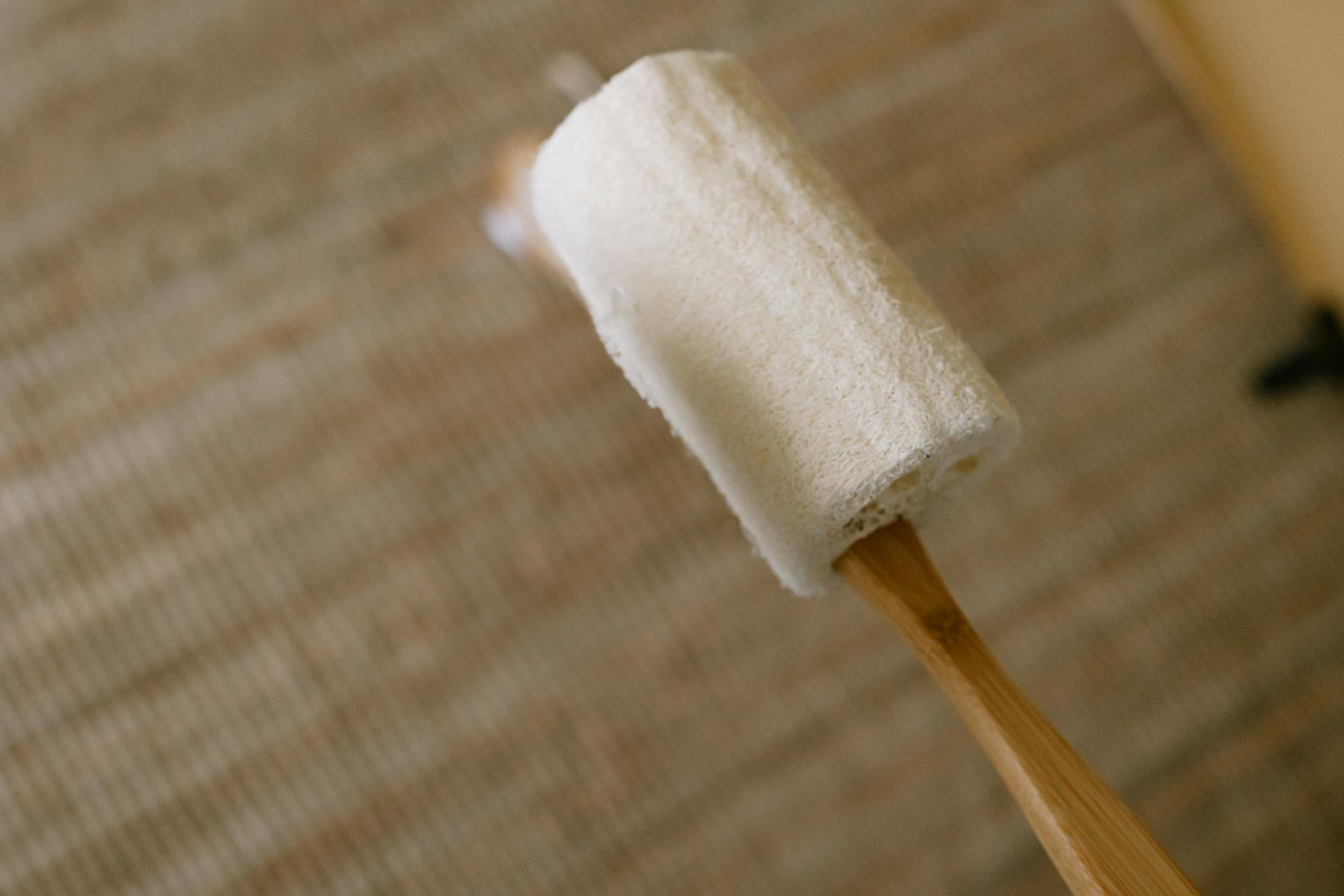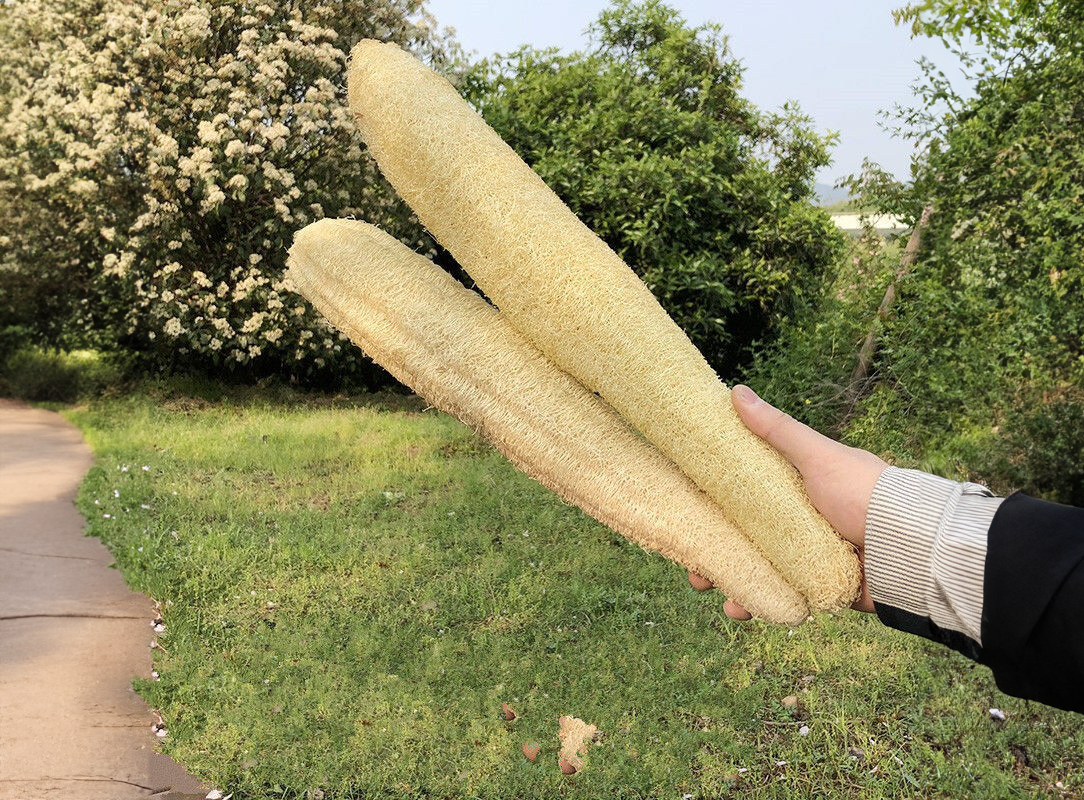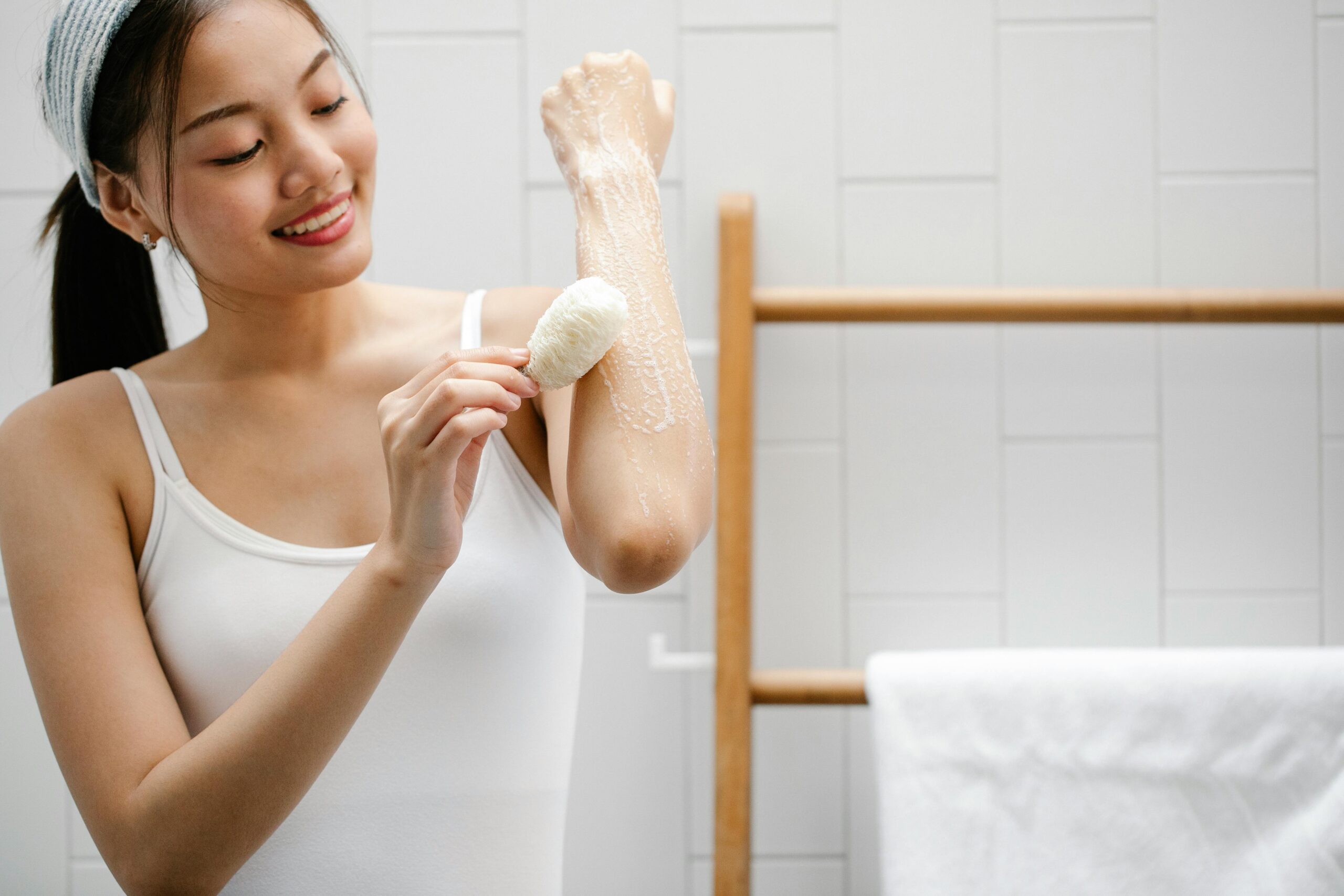In today’s bustling world, maintaining a clean home is paramount for comfort and hygiene. The right washing sponge can make a significant difference in your cleaning routine. This guide delves into the top washing sponges and washing up sponges currently available, helping you choose the best option for your household needs.
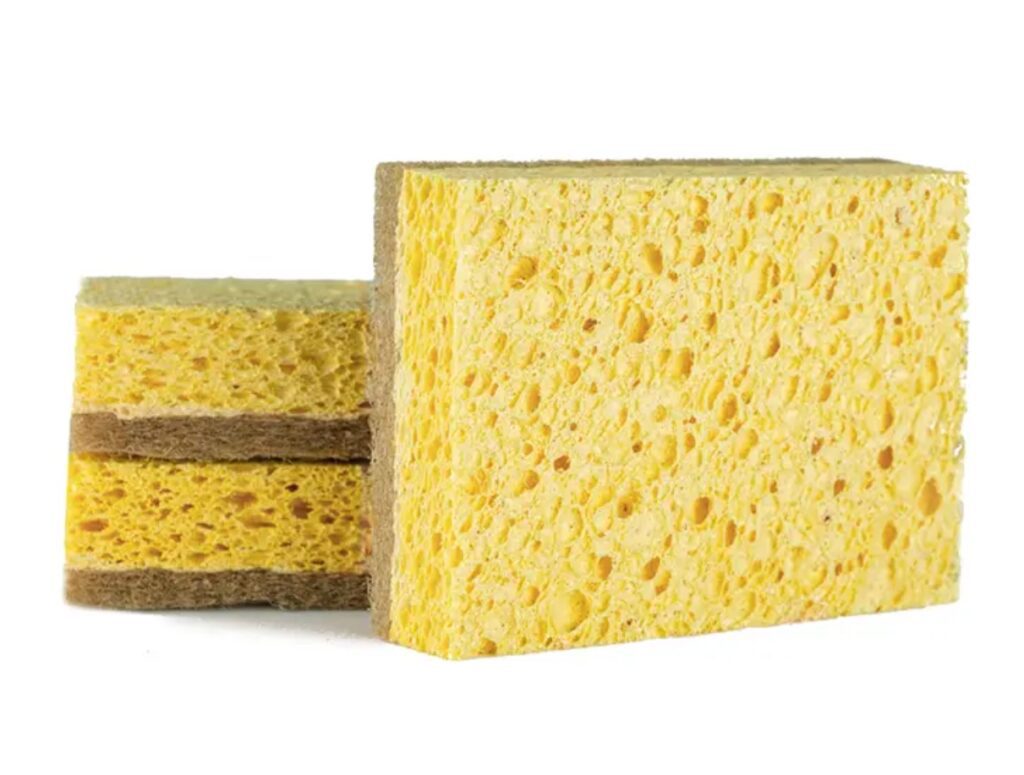
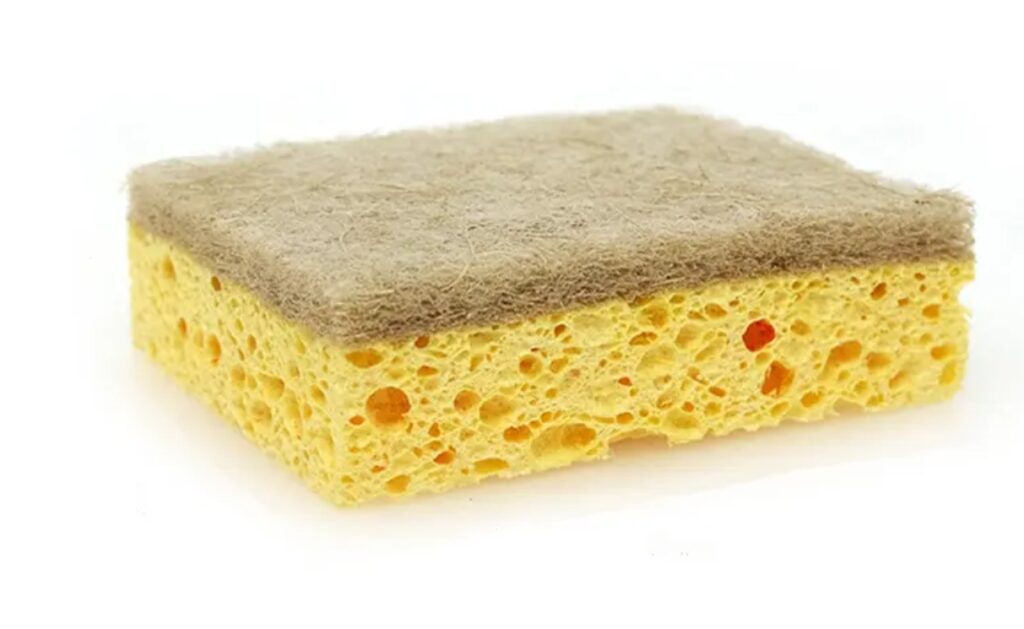
Table of Contents
- Introduction to Washing Sponges and Washing Up Sponges
- Reviews of Top Washing Sponge Products
- Zero Scratch Non-Scratch Scrub Sponges
- Heavy Duty Scrub Sponges
- Basics Heavy Duty Sponges
- How to Select the Right Washing Sponge
- Tips for Maintaining Your Washing Up Sponge
- FAQ
1. Introduction to Washing Sponges and Washing Up Sponges
Washing sponges and washing up sponges are indispensable tools in any cleaning arsenal. Whether you’re tackling stubborn stains on cookware or wiping down surfaces, the right sponge can make your chores quicker, easier, and more effective. Discover the benefits and versatility of the latest washing sponge and washing up sponge products on the market.
2. Reviews of Top Washing Sponge Products
Zero Scratch Non-Scratch Scrub Sponges:
America’s #1 selling scrub sponge brand, this product is perfect for cleaning kitchen, bathroom, and other household surfaces without leaving scratches. It’s 3x quicker than other sponges and made from 100% recycled content, ensuring a sustainable and effective clean.
Heavy Duty Scrub Sponges:
These sponges offer 3x more scrubbing power and are ideal for cleaning tough messes across a variety of surfaces, including non-coated cookware and oven racks. Like the Zero Scratch sponges, they are made from 100% recycled content, supporting sustainable cleaning practices.
Basics Heavy Duty Sponges:
This pack includes six sponges designed for heavy-duty cleaning, with a scrub side for tackling baked-on messes and a softer side for wiping. They can be cleaned in the dishwasher and reused, making them an economical and environmentally friendly choice.
3. How to Select the Right Washing Sponge
When choosing a washing sponge or washing up sponge, consider the surface you’ll be cleaning, the sponge’s durability, and its environmental impact. Opt for non-scratch sponges for delicate surfaces and heavy-duty sponges for tougher jobs. Additionally, sponges with recycled content are better for the environment.
4. Tips for Maintaining Your Washing Up Sponge
Proper maintenance can extend the life of your washing up sponge. Rinse thoroughly after each use, sanitize regularly, and replace every three weeks for optimal performance. Additionally, consider using separate sponges for dishes and general cleaning to prevent cross-contamination.
5. FAQ
Q: How often should I replace my washing sponge?
A: Replace your washing sponge or washing up sponge every three weeks for the best hygiene and cleaning performance.
Q: Can I clean my washing up sponge in the dishwasher?
A: Yes, many washing sponges and washing up sponges can be cleaned in the dishwasher’s top rack.
Q: Are non-scratch sponges safe for all surfaces?
A: Non-scratch sponges are designed to be safe for most surfaces, but it’s always best to test on an inconspicuous area first.
Q: Can heavy-duty sponges be used on non-coated cookware?
A: Yes, but ensure the sponge specifies that it is safe for non-coated surfaces to avoid damage.
By understanding the different types of washing sponges and washing up sponges available, and how to care for them properly, you can ensure a cleaner, more hygienic home. Choose the right sponge for your needs and enjoy the benefits of efficient and effective cleaning.




